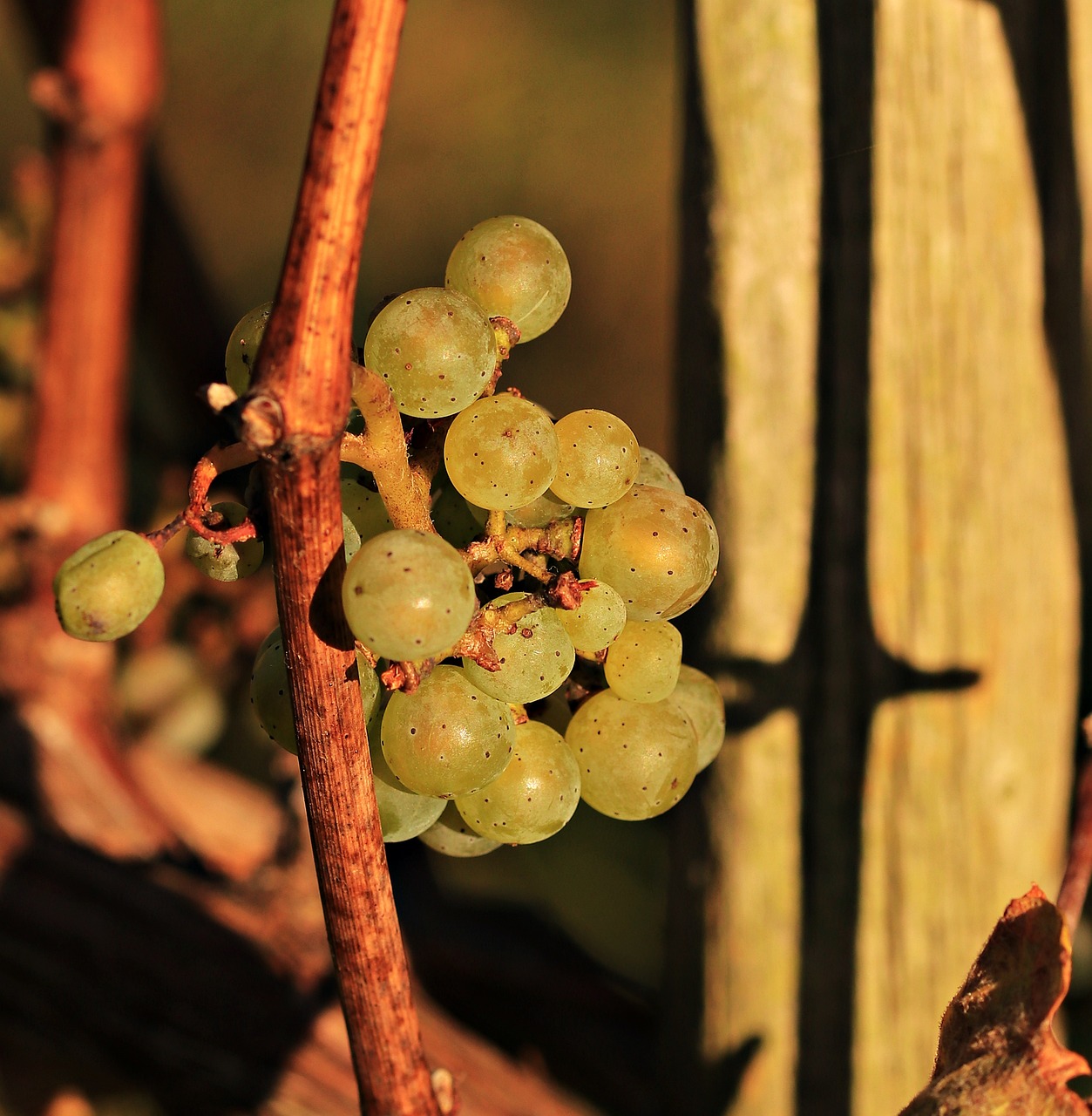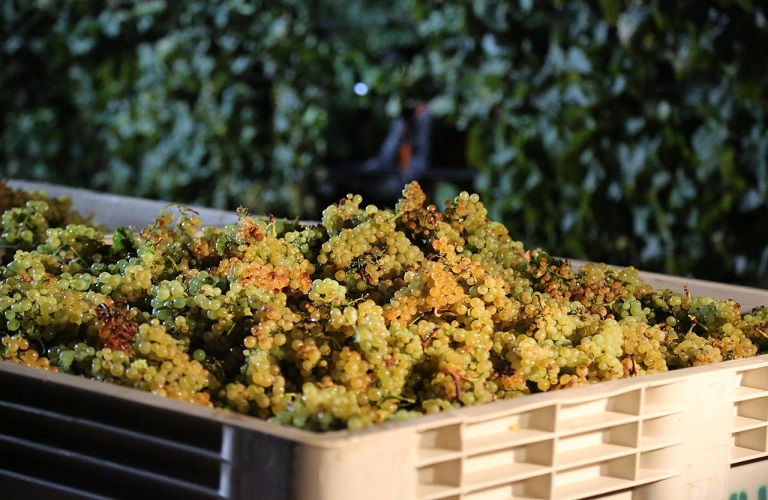The new season for wine grapes begins with bad omens, as most of the fruits are “stricken” by downy mildew and prolonged heat, with the most optimistic forecasts speaking of a loss of at least 40% of production.
Large wine-growing regions such as the PDO grape-growing region of Nemea, as well as the island of Crete, suffered up to 100% damage, putting them completely out of production.
Vine: Half of the wine grapes are lost from mildew infestation
With expectations lowered, there are also the grape growers, who are facing another difficult year, with much production lost just before the harvest begins and what they are left with so far are heavy bills and expenses. expenses, which they proceeded to save their produce from the grievous blow of downy mildew, apparently without much success.
Although the bulk of the harvest in the early regions is expected to start in early September and finish in northern Greece by the end of October, the phenomenon of grape wilting from severe disease strikes is still going on and nothing is foreboding. will stop here.

Grapes dried in grace
With damages exceeding 60% and in some cases reaching 100%, the PDO grape-growing region of Nemea, which measures around 27,000 to 30,000 hectares and is one of the areas hardest hit by downy mildew and recent heat waves, is facing damage.
But the problem does not stop there, according to the head of the agricultural wine cooperative in Nemea Ilias Mazou, “the damage is still continuing, as its leaves have dried up due to the heat, at the time the grapes are left uncovered and despite the fact that the temperatures have decreased, the ripening of the grapes It’s not progressing normally.”
Although the region’s harvest begins at the end of September, Mr. Mazos said, the situation is very difficult, without anyone being able to give estimates on its final development.

Finifications…on board
In tanks of last season’s preserves, wine co-ops are pinning their hopes on cover orders this year. However, “at the end of 2024 with a loss of 40% of production and if the same consumption continues, reserves will be significantly reduced or even may not exist,” KEOSOE President Christos Markos assures OT.
At the same time, the loss of this production seems to open the way for imports, which, according to representatives of grape growers, create problems for the quality of Greek wine.
It is usual, as the head of KEOSOE told OT, that large quantities of raw materials are imported into the country from third countries in addition to the European Union, and wine is made … on board. Then, as Mr. Marcus explains to us, “these wines are baptized as Greek and sold to the consumer with a label, even PDO.”
This Greek phenomenon is nothing new, but it is commonly used in a number of agricultural products, as well as in wine, while market controls remain patchy.

Big scissors
Wine is one product that represents a large gap between the producer who has the raw material until it is finished consuming.
As Mr. Marco tells us, the average price of a product is 0.40 €/kg, while the average wholesale price of wine in restaurants ranges from 10 to 15 €/kg.
“The prices are very low for the producer and at the same time the consumer pays a high price for the wine in the restaurant,” he says characteristically.
Winemaking vineyards, new plantings…
On an area of 640,206 acres a year ago (on 31/7/2022) the Greek vineyard area with wine-making varieties, according to information provided by the competent department of the Ministry of Anti-Corruption to the Commission and processed by KEOSOE.
This area was increased slightly, by 3,245 ha (+0.51%), compared to the previous year (636,965 ha), due to new plantings through planting permits of 6,203 ha.
However, according to the conclusions reached by KEOSOE, the difference between the final census on 7/31/2022 (in 640,206 square meters) and the sum of the 2021 area plus cultivation permits (636,965 + 6,203) “disguises” abandonment plus 2,962 acres for the entire region in 2022.
It should be noted that from 2016 to 2022, licenses were granted for new cultivation of 43,383 acres, as the area of Greek vineyards in 2016 was 627,734 acres.
In fact, according to the 2022 Census (7/31) of 640,205 acres, together with the algebraic sum of total new plantings and the 2016 census, it was concluded that “from 2016 to 2022, 30,912 acres were abandoned, provided that it is unknown Today how many acres of three-year farming licenses are still in the hands of the beneficiaries, who did not initiate farming,” KEOSOE estimated.

… and wine production
Wine production in our country in the 2022/2023 wine season decreased by 13.86% to 2,126,844 hl compared to the 2021/2022 season, according to the official notification of the competent department of HYPAAT to the European Commission.
Of the total wine production, the share of PDO wines is 7.49% (159,391 hl), of PGI wines to 21.79% (463,491 hl), of wines to 10.66% (226,916 hl), of wines without GI by 60.04 % (1,271,037 hl) and other wines by 0%, percentages that indicate the dominance of an individual country in the production of wine for mass consumption, compared to the production of wine with a geographical indication.
Also, in total wine production, white wines account for 66.68% (1,418,227 hl), while red and red wines account for 33.32% (708,617 hl).





More Stories
“Recycling – Changing the water heater”: the possibility of paying the financing to the institution once or partially
Libya: US General Meets Haftar Amid Tensions Between Governments
New tax exemption package and incentives for business and corporate mergers..